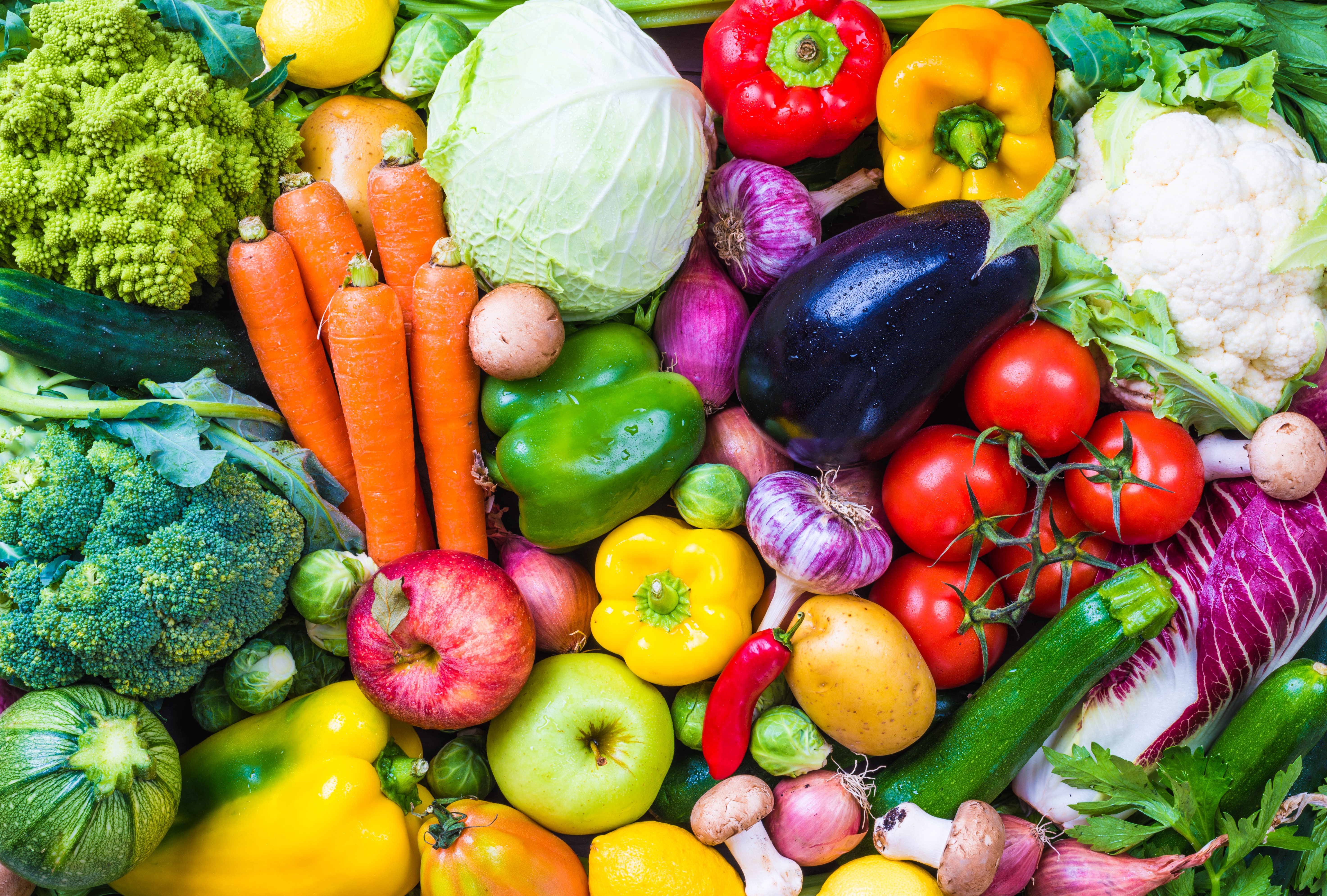
A new report from HRA Food & Drink, Veganism: Insights & Developments in the European market 2017 has highlighted the rapid expansion of vegan consumer markets across Europe,
Statistics show this once-niche dietary movement is hovering around the 1% mark across Europe. But the growth figures are astonishing.
In the UK, estimates suggest the vegan market has grown by 360% in the last decade, taking the total to around 500,000 people. The figures in other European countries are even more impressive: Italy is home to just over 600,000 vegans, and Germany approximately 900,000.
The European diet is evolving. So what, if anything, should foodservice professionals do?
A foodservice sea change
Research conducted by the Humane Research Council suggests that most vegans return to meat eventually, so is veganism really here to stay? Roseanna Evans, research and marketing consultant at HRA Food & Drink, cautiously emphasises the “tricky” road ahead for veganism, but concludes that the movement’s growth from a “micro-trend” to one embracing “hordes of consumers” certainly reflects a seismic shift.
Chris Stern FCSI, managing director of Stern Consultancy, agrees, pointing out that many people increasingly find themselves eating vegan friendly food “just because it’s good,” rather than from dietary obligation alone.
Alongside its exponential growth, veganism has diversified. HRA notes that consumers with dietary intolerances and ‘flexitarians’, those with a primarily vegetarian diet but who occasionally eat meat or fish, have bolstered the ranks of conventional ethical and environmental vegans.
The key message must be one of “clarity and trust,” says Evans. By appealing to the common grievances of meat and dairy sceptics, namely “incoherent, inaccurate food labeling,” businesses can reach out to all consumers who are “now more than ever extremely concerned about just what goes into the food they eat,” she says.
Additionally, as Hamish Renton, managing director of HRA Food & Drink, notes, a “niche” is emerging in the vegan market for “high quality, luxury products”. Stern predicts that such products “will become more mainstream and reflective of other popular foods”.
Industry trends seem to corroborate this view. Key players in the booming craft beer movement have sought to emphasise their vegan credentials, with some of Europe’s biggest new breweries like BrewDog and Mikkeller shunning animal-derived fining agents to leave consumers with tasty, vegan-friendly products.
Challenges ahead
Of course, there are potential stumbling blocks ahead. Businesses that have found fortune on the basis of relaxed consumer attitudes to animal welfare and provenance of ingredients face the daunting task of readjusting their whole approach to foodservice. “Anyone missing this is going to struggle,” says Stern.
In addition, for those already involved in vegan foodservice, or looking to diversify, the growth in popularity of vegan diets is no passport to success. The HRA Food & Drink report points out that most vegan businesses in Europe are national or regional in nature. This may benefit consumers, as businesses can tailor their output to regional markets. But how hard will it be for ambitious vegan foodservice professionals to make the step up to continental or international status? “Very,” argues Stern. The vegan market has “historically been small and specialist,” he says, so replicating the successes of mainstream foodservice outlets will require innovative thinking.
The outlook
Foodservice professionals, then, face a wealth of challenges and opportunities from the growth of veganism. The changes they will have to make if veganism continues to grow at its current pace are “simply reflective of the world we live in,” says Stern.
Yet there is much to be optimistic about. Increased awareness of veganism, aided by organisations like HRA Food & Drink, should lead to developments in European law that will provide much needed clarity for existing foodservice giants, and a fertile climate for growth among nascent vegan firms. Veganism has some way to go, but its growth heralds a new era of vibrancy and diversity in European foodservice.
Thomas Lawrence
